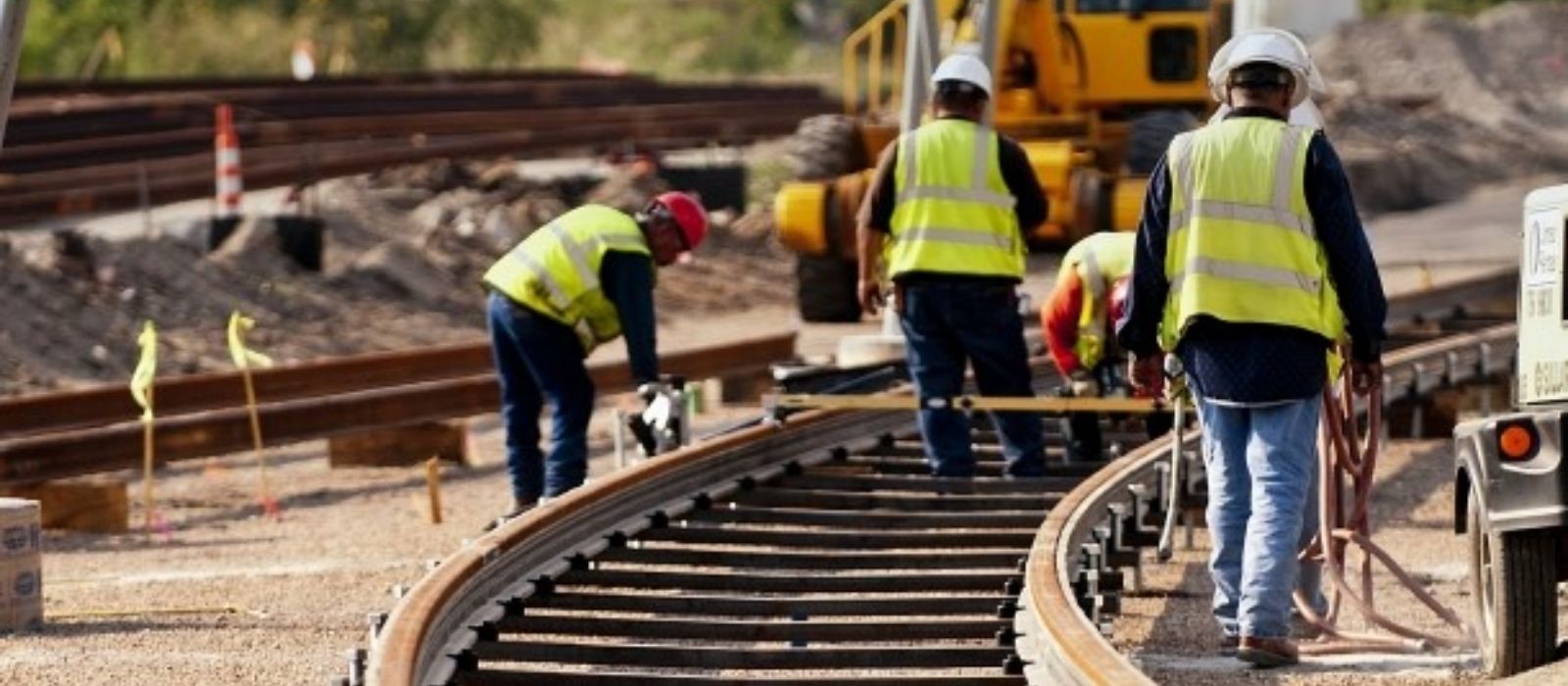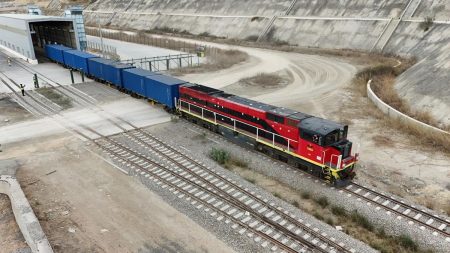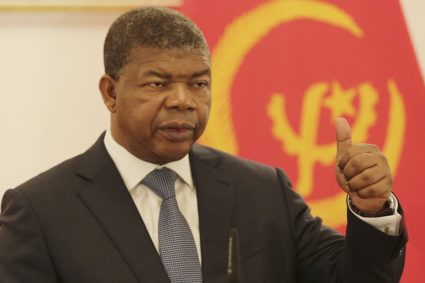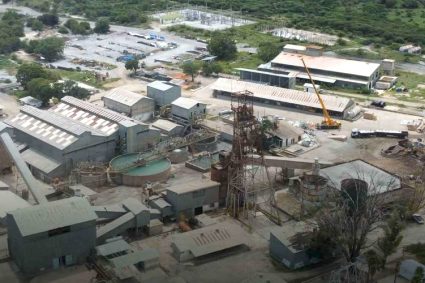
OPINION: Angola is a country with significant mineral resources, including copper, cobalt, and rare earth elements—materials essential for renewable energy technologies such as electric vehicles, wind turbines, and solar panels. As the global race to achieve net-zero emissions accelerates, demand for these minerals has surged, positioning Angola as a key supplier in this new energy economy. According to the World Economic Forum’s report, Securing Minerals for the Energy Transition (2024), infrastructure projects like Angola’s railway corridor are vital for ensuring a steady supply of critical minerals. Yet, beneath the surface of this optimistic framing lies an uncomfortable truth: the energy transition narrative often imposes unrealistic expectations on developing nations while failing to address their structural disadvantages.
Angola’s railway corridor is ostensibly designed to reduce the costs and inefficiencies associated with transporting minerals from mines to export hubs. Improved logistics could make Angola’s resources more competitive on the global market, attracting foreign investment and boosting national revenues. On paper, this aligns with the aspirations of the global energy transition. However, these benefits are often unequally distributed. Historically, African nations rich in natural resources have struggled to ensure that the profits from extraction are reinvested locally. The railway risks becoming a conduit for raw material exports with limited value addition in Angola, perpetuating a cycle of underdevelopment.
A deeper issue lies in the disparity of funding commitments. The International Energy Agency estimates that a global net-zero pathway requires an annual investment of $4 trillion in clean energy technologies. Yet, developing nations have received only a fraction of the promised funding for their energy transitions. Angola, like many African countries, faces a dilemma: it must supply the minerals needed for global decarbonisation while grappling with domestic challenges such as poverty, inadequate infrastructure, and limited access to electricity. The railway corridor highlights this paradox. While it promises to facilitate Angola’s participation in the global energy transition, it does little to address the fundamental inequities of a system that demands so much from nations with so few resources.
Environmental sustainability is another critical concern. The Securing Minerals for the Energy Transition report stresses the importance of integrating environmental and social governance (ESG) principles into mining and logistics. However, large-scale infrastructure projects, particularly those fast-tracked to meet global demand, often bypass rigorous environmental assessments. Constructing a railway in ecologically sensitive areas could have long-term consequences for biodiversity and local ecosystems. Furthermore, if the railway is powered by fossil fuels or lacks provisions for renewable energy integration, its environmental benefits could be nullified. Such contradictions undermine the very premise of a sustainable energy transition.
The socio-economic impact of the railway corridor also warrants scrutiny. While the project promises to create jobs and stimulate economic growth, there is a risk that these benefits will be concentrated in urban centres or among foreign stakeholders. For Angola’s rural communities, which often bear the brunt of mining activities, the railway could exacerbate existing inequalities. Displacement, loss of livelihoods, and environmental degradation are well-documented consequences of extractive industries. Without robust safeguards and community engagement, the railway may deepen local grievances rather than alleviating them.
The geopolitical dimensions of Angola’s railway corridor add another layer of complexity. The project is a collaboration between Angola and a consortium of foreign investors, including multinational corporations. While these partnerships bring much-needed capital and technical expertise, they also raise questions about sovereignty and resource control. Angola must ensure that the terms of these agreements prioritise its national interests and prevent the exploitation of its resources under unfavourable conditions. Transparent governance and equitable revenue-sharing mechanisms will be essential for safeguarding Angola’s long-term economic stability.
One area where the railway corridor holds promise is in fostering regional integration. By improving connectivity between Angola and its neighbours, the project could enhance cross-border trade and cooperation, aligning with the goals of the African Continental Free Trade Area (AfCFTA). The corridor has the potential to serve as a physical embodiment of AfCFTA’s vision, reducing trade barriers and fostering economic interdependence. However, achieving this outcome will require careful coordination among stakeholders to ensure that the railway’s benefits extend beyond mineral exports to broader regional development.
The international community’s role in supporting projects like Angola’s railway corridor cannot be overstated. Wealthier nations and multilateral institutions have a moral obligation to provide the financial resources needed to make these initiatives sustainable and inclusive. This includes not only funding infrastructure development but also addressing systemic issues such as debt burdens, unfair trade practices, and technological disparities. Without such support, Africa’s contributions to the energy transition will remain exploitative rather than transformative.
Angola itself must adopt a holistic approach to maximise the railway corridor’s potential. Policymakers should prioritise transparency, inclusivity, and sustainability in the project’s implementation. This includes enforcing stringent ESG standards, engaging local communities in decision-making, and ensuring that revenues are reinvested in critical areas such as healthcare, education, and renewable energy infrastructure. The project should also promote value addition by supporting domestic processing of minerals, thereby creating jobs and fostering industrial growth.
In conclusion, Angola’s railway corridor is a microcosm of the broader challenges facing the global energy transition. While it has the potential to position Angola as a key player in the critical minerals supply chain, its success will depend on how it is implemented and governed. The lack of adequate funding commitments from wealthier nations underscores the inequity of current decarbonisation efforts, which often prioritise the needs of the Global North at the expense of the Global South. As the world pushes for a faster energy transition, it is imperative to ensure that this process is equitable, inclusive, and sustainable. Angola’s railway corridor could either become a symbol of progress or a cautionary tale. The choice lies not only with Angola but with the international community as a whole. For the energy transition to be truly just, it must address the needs of all nations, not just those with the most resources.
Written by Farai Ian Muvuti, the Chief Executive Officer of The Southern African Times, 2023 winner of the Young Entrepreneur of the Year award by the South African Chamber of Commerce UK, an advisor on the board of the Africa Chamber of Commerce, and a contributor to Arise News, Al Jazeera, and the BBC.
Disclaimer: The views and opinions expressed in this article are those of the author and do not necessarily reflect the official policy or position of My Afrika Magazine. All content provided is for informational purposes only and should not be construed as professional advice. My Afrika Magazine makes no representations regarding the accuracy, completeness, or reliability of the information contained in this article. Readers are encouraged to independently verify any facts presented. My Afrika Magazine assumes no liability for any losses, damages, or other consequences that may arise from reliance on the information provided in this article.



